Hydrogen-to-Power Plants: Bridging the Gap to Net Zero by 2050
The EU's ambitious goal of achieving a Net Zero power grid by 2050 will rely heavily on renewable energy. Most national scenarios predict that by 2050, at least 75% of energy will come from variable renewable sources. However, reaching 100% will require additional solutions. The answer lies in flexible, decarbonised solutions, as sources like hydro, biogas, and geothermal won’t provide enough power to fully close the gap. Hydrogen-to-power plants can play a critical role, offering decarbonised energy for peak shaving, long-duration energy storage, and even baseload power for remote areas.
Technology openness is crucial for effective hydrogen-to-power strategies, subsidy schemes and tender designs. While turbines and motors are valuable, fuel cells offer today distinct advantages. These are especially (i) the outstanding electrical efficiency of >50% with the ability to be operated on 100% H2, (ii) the achieved Technology Readiness Level (TRL) 9, proving commercial viability and (iii) zero harmful emissions (incl. low noise during operation) when using green hydrogen, with only water vapor as a byproduct.

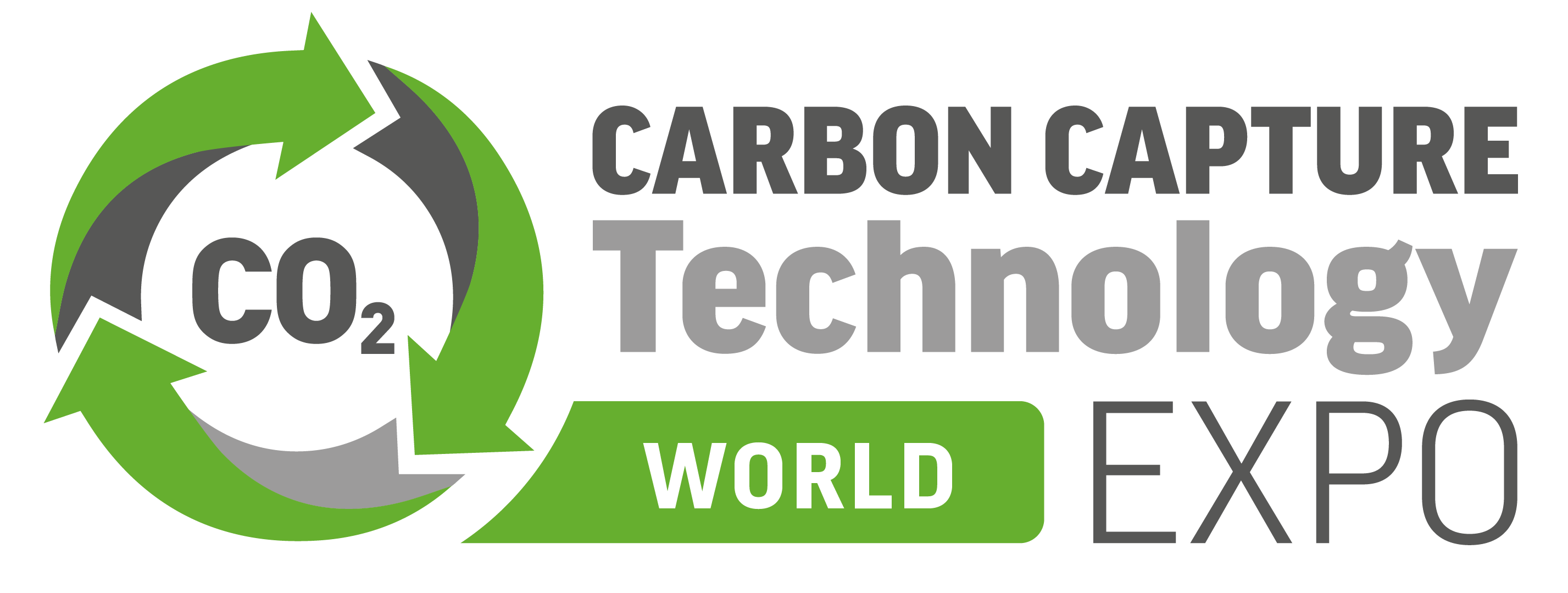

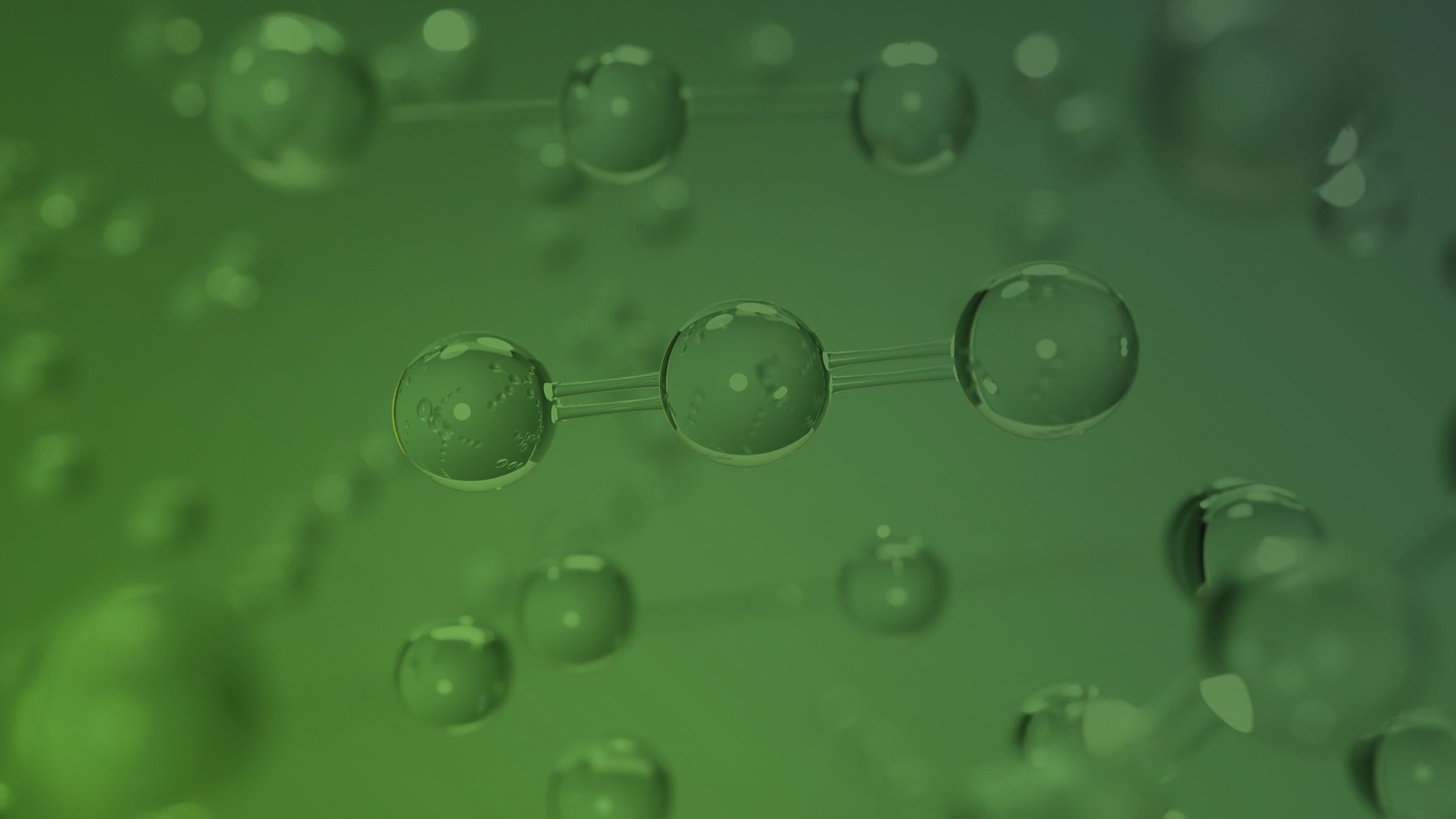

)
)
)
)
)
)
)
)
)
)
)
)
)
)
)
)
)
)
)
)
)
)
)
)
)
)
)
)
)
)
)
)
)
)
)
)
)
)
)
)
)
)
)
)
)
)
)
)
)
)
)
)
)

)
)

)
)
)
)
)
)
)
)
)
)

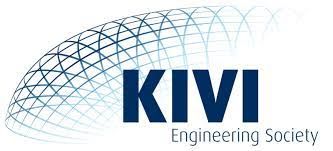
)
)
)
)
)
)
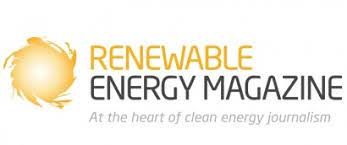
)
)

)
)
)
)
)
)
)
)

)
)
)

)
)
)
)
)
)
)
)
)

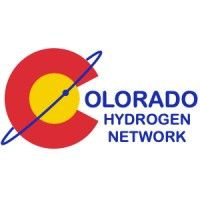
)
)
)

